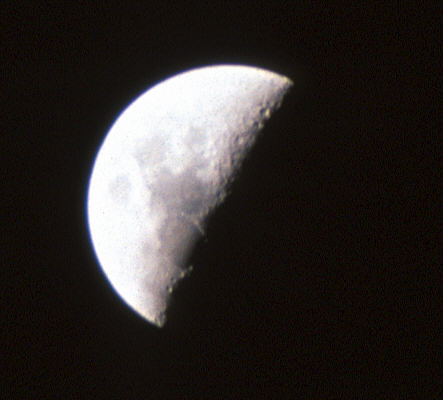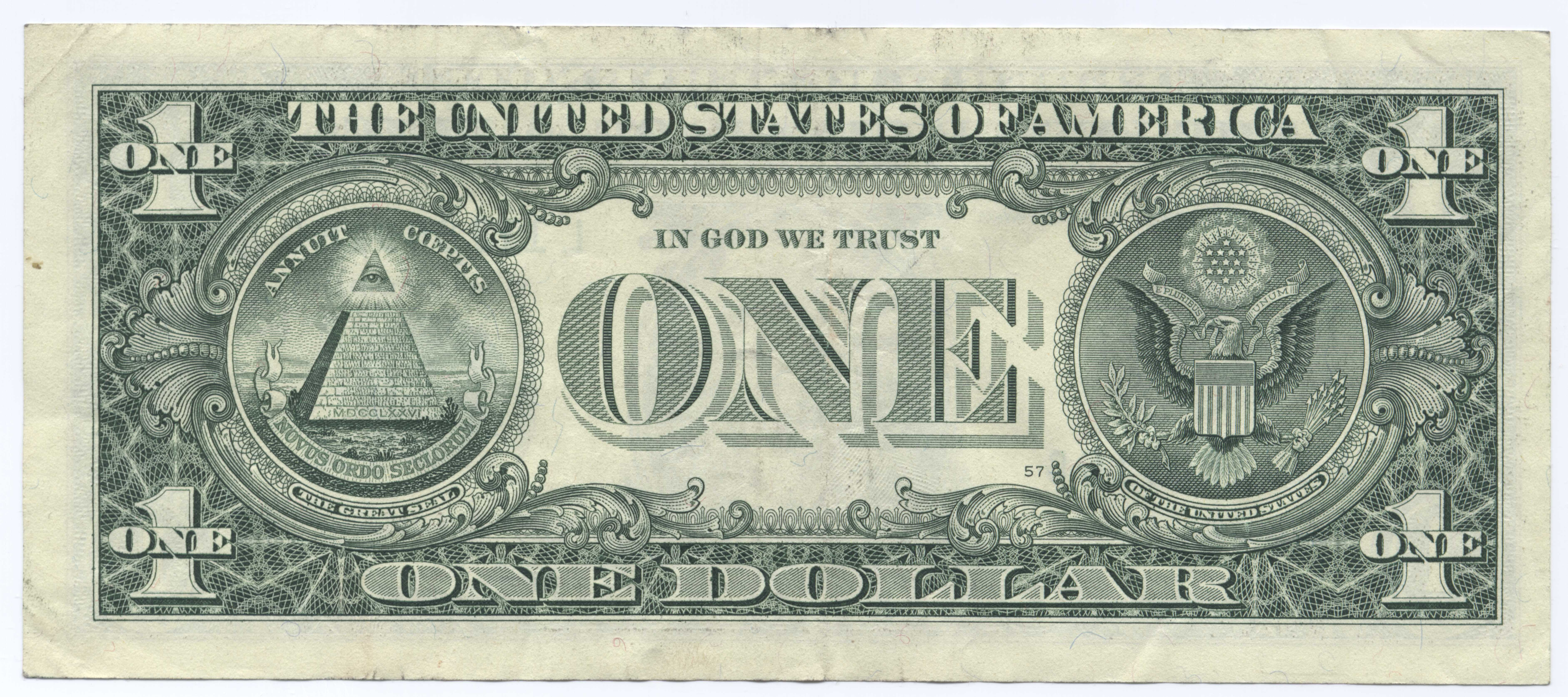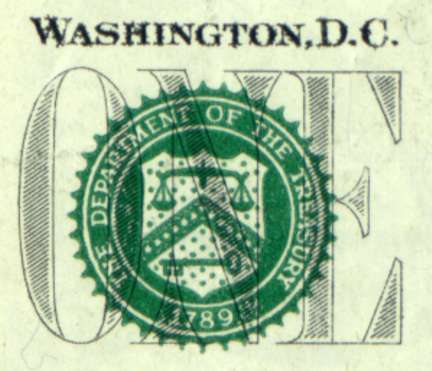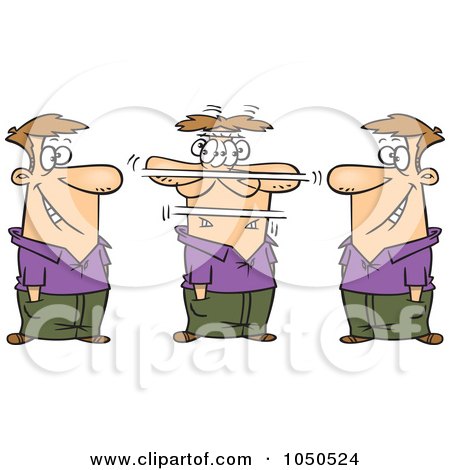Question: How the heck does a grade curve work, anyways?
Answer: Man, eHow is useful. I searched up the question and it brought me a quick answer through this link:
The bell curve is a method in which the instructor of the class assigns grades on a relative basis, rather than one of absolute value. They do this most often by assigning a bell curve, which is a way in which all grades are accounted for. Interestingly, if a few students score perfectly on the absolute scale, it can create a curve that isn't much different than if the test had been scored in the usual manner. For this reason, many instructors grade their tests on the absolute basis and decide afterward whether to curve based on performance.
How Curving Works
When it comes to the pure use of bell curving, the instructor decides at the outset a number of factors that may seem unfair to the uninitiated. They will assign a grade to the middle of the curve (the highest point, and therefore the most common grade in the classroom), which will usually be a C. They will then assign a certain percentage of students to the high end, and a certain percentage to the low end, with each grade along the way receiving a certain share of the students. Statistically speaking, this method of grading is sound, and usually produces results that are indeed fairer than absolute grading, which fails to take into account any shortcomings on the part of the instructor.
Another Common Method
As many instructors fail to see the fairness in the traditional bell curve system, they use another method that has surpassed bell curving in terms of overall popularity and frequency of use. This method is a bit simpler. The instructor grades all the tests on the absolute grading system. He then takes the highest grade in the class (let's say it was a 93). Seven points separate the highest grade in the class from the highest possible score. The instructor will thus add seven points to everyone's score. Much as with the bell curving system, this method is undermined if the highest score is a 100.I'm not gonna add a summary on this one (high schoolers, you know that adolescent laziness), but here's your condensed answer:
There are two types of grade curves. One works by using a relatively average grade to the middle of a scale and placing students' grades accordingly. In the other way, the instructor takes the highest grade in the class (the one that "sets the curve"), and makes the assignment out of that many points.
































